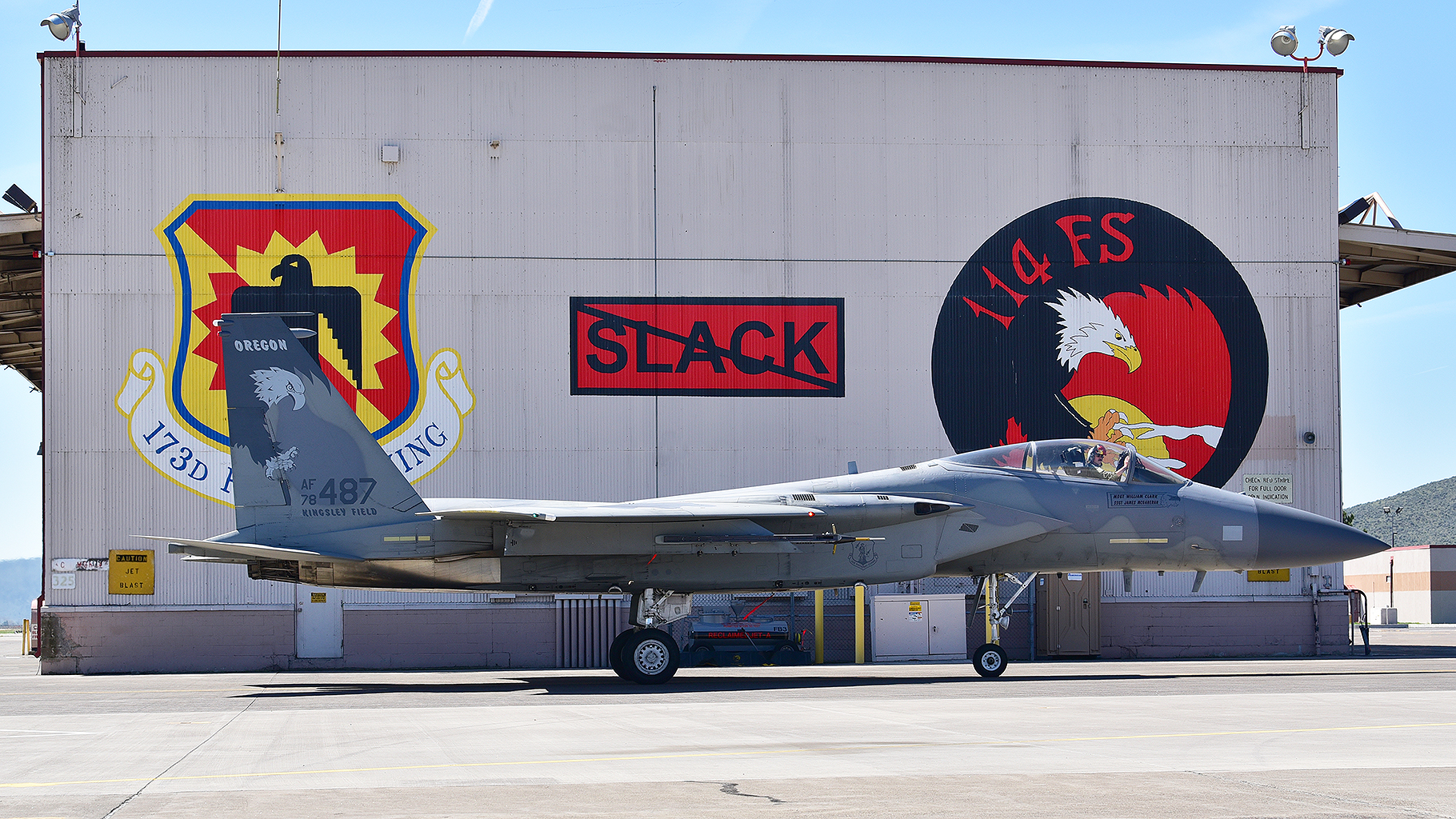The U.S. Air Force is training what are very likely to be its last two F-15C/D instructor pilots at the Eagle’s ‘schoolhouse’ at Kingsley Field (“the land of no slack”), in Klamath Falls, Oregon. As we have reported in the past, Kingsley Field will replace its current F-15C/Ds with F-35A stealth fighters, overturning a previous plan that would have seen the base’s 173rd Fighter Wing assume responsibility for training pilots for the new F-15EX Eagle II.
In a recent story published by the 173rd Fighter Wing, it was confirmed that Capt. Andrew Marshall — plus one other unnamed aviator — will likely be the Air Force’s last F-15C/D instructor pilots as the service continues to retire these aircraft, the youngest of which is nearly 40 years old. The wing states that “nearly all” F-15C/Ds have now been divested by the active component.
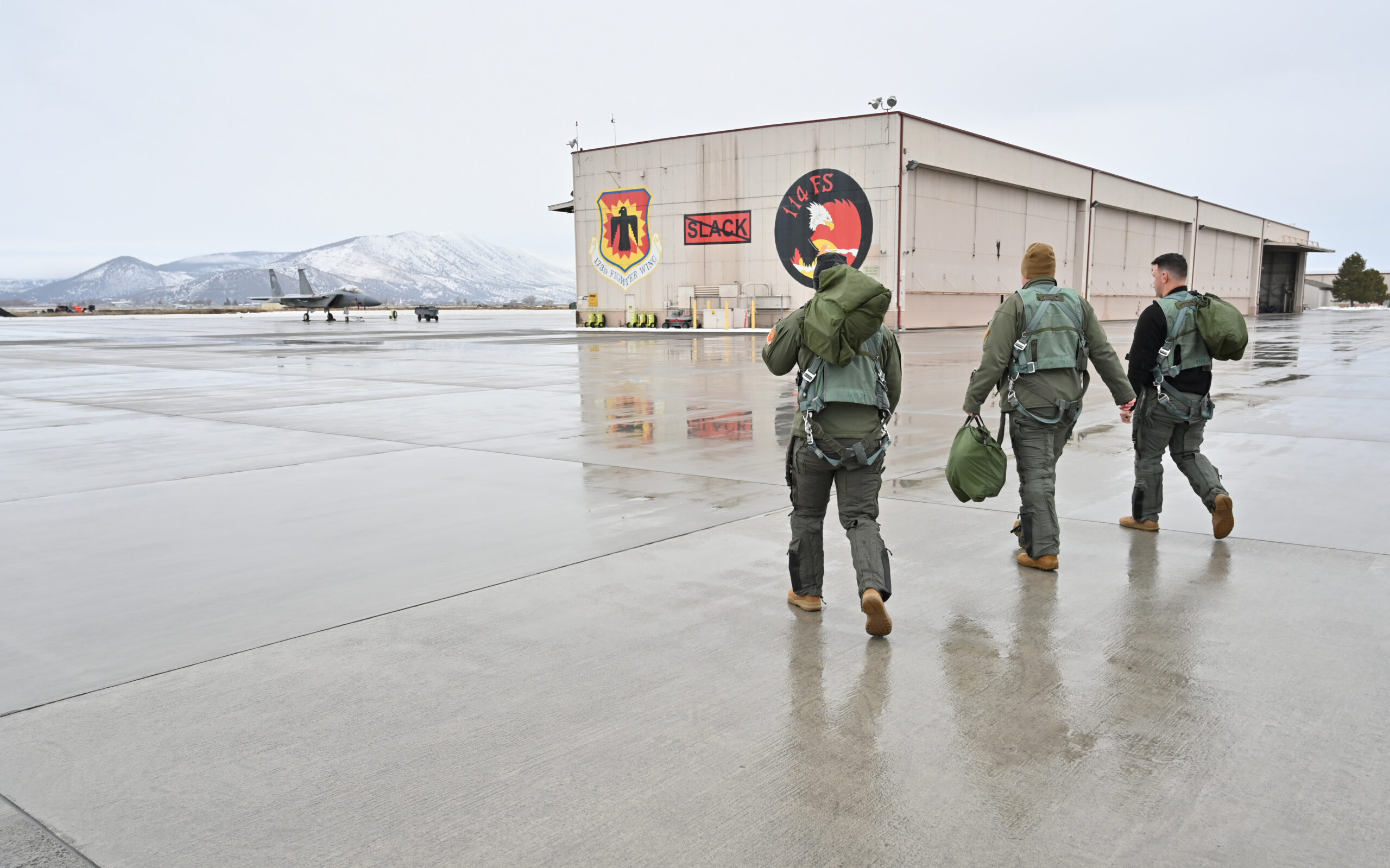
The recent deactivation of squadrons at Kadena Air Base, Japan, which you can read about here, saw the final active-duty Air Force F-15C/Ds retired. A handful of test jets remain in use, with all other F-15C/Ds now assigned to the Air National Guard. This renders “the future need for instructor pilots minimal,” the Air Force says.
This is reflected in the Air Force’s Fiscal Year 2024 budget request which details plans to divest the entirety of the F-15C/D fleet by 2026.
The two pilots now wrapping up their training to become instructors at Klamath will be responsible, in part, for the B-Course syllabus that will prepare the final students to fly the F-15C/D — what the 173rd Fighter Wing dubs WGASF — for “world’s greatest air superiority fighter.”
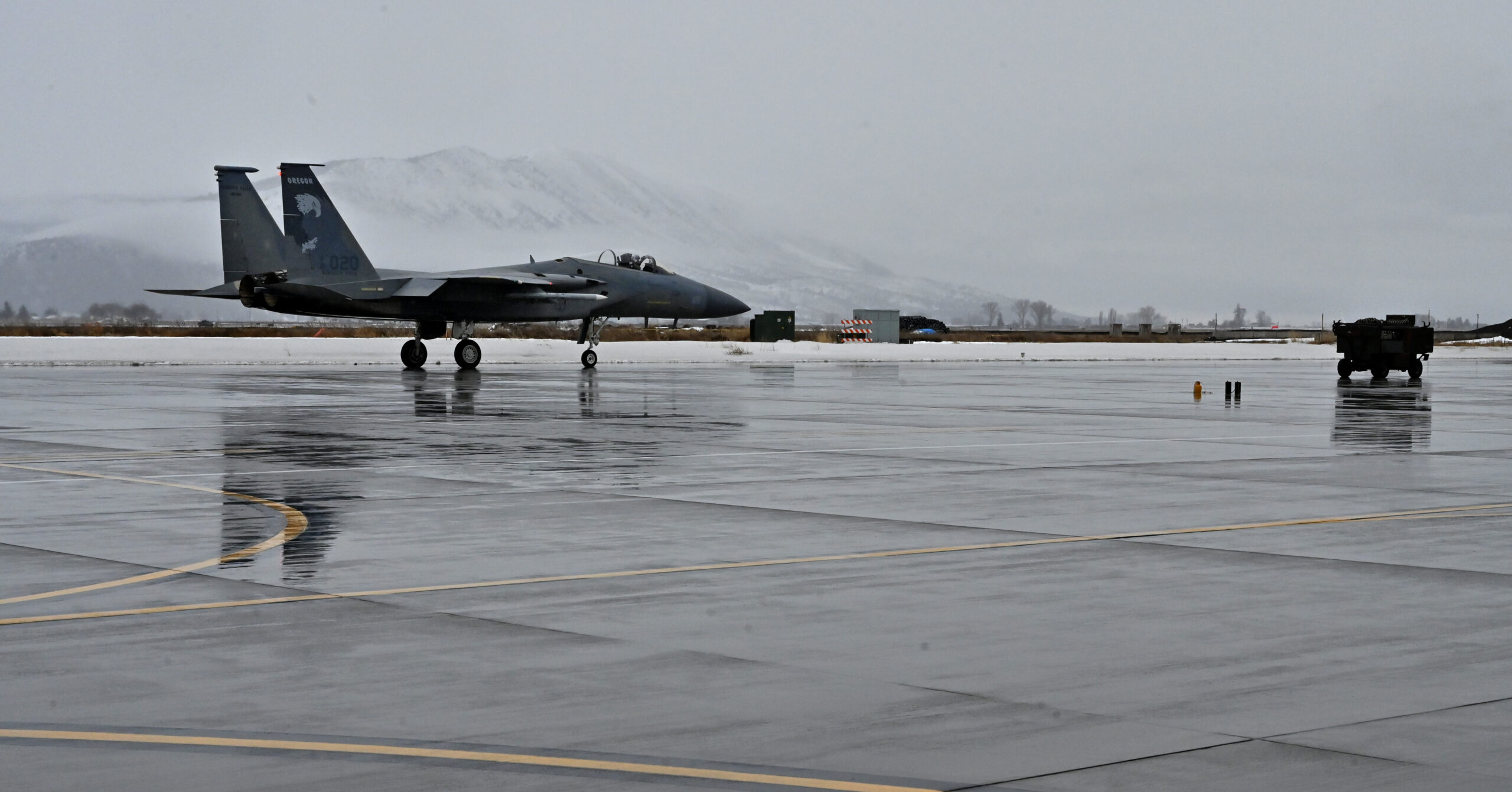
Capt. Marshall says that he expects to qualify as an instructor pilot “within six months,” but adds that “there’s a lot of other factors — TDYs, weather,” that could affect this.
The seasoned F-15C/D pilot, whose resume already includes an assignment at Kadena, explains that there are 11 “thresholds” to cross before receiving the coveted instructor pilot rating.
The thresholds start with close-range dogfighting and expand to a “very broad scenario involving many aircraft performing defensive counter-air and everything in between, and a couple of ‘top-off’ events following that.”
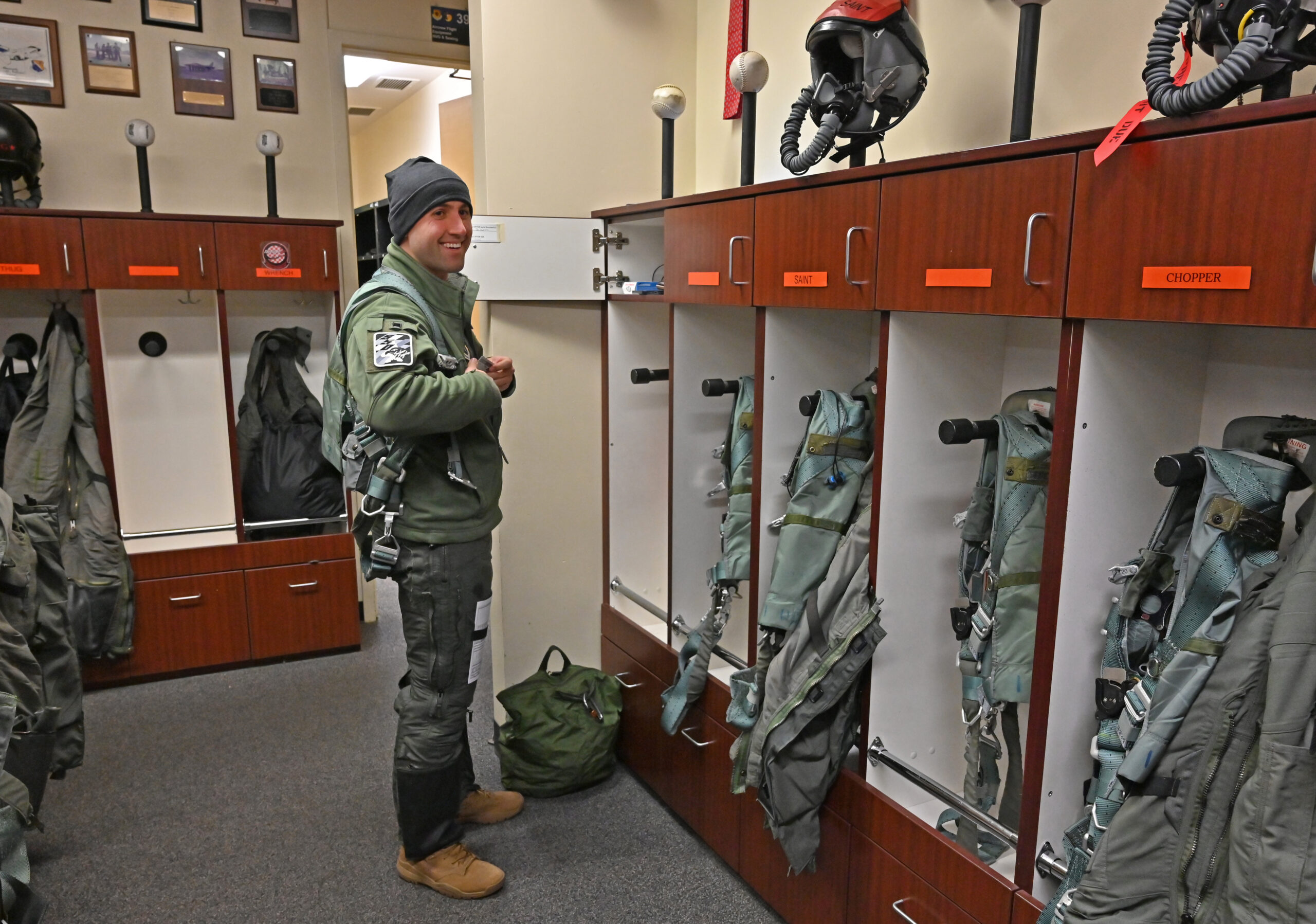
“It’s much more refinement in how you go through the instructor upgrade; now you have to be able to not only understand and do it yourself but you have to convey that knowledge and execute it in a way that shows credibility as an instructor.”
Overall, the timeline makes it abundantly clear that the days of the F-15C/D with the regular Air Force are now numbered.
Ultimately, Marshall expects to stay on at Kingsley Field and convert to the F-35A, once the stealth fighter begins to arrive at the base, planned for 2026.

Last May, The War Zone reported on the Air Force’s decision to transfer all Eagle training, both for the F-15EX and F-15E Strike Eagle, to Seymour Johnson Air Force Base in North Carolina, starting from early 2026.

Aircrew will then complete specific F-15 model training (F-15E, F-15EX) once they reach their first operational unit, a concept that we have considered in the past.
Meanwhile, Kingsley Field will become home to an F-35A Formal Training Unit (FTU). This was a reversal of previous plans, in which the 173rd Fighter Wing would have become a training unit for the F-15EX.
This will help address the growing need for F-35A pilots, with the FTU at Kingsley Field supporting similar outfits at Luke Air Force Base in Arizona and Eglin Air Force Base in Florida.
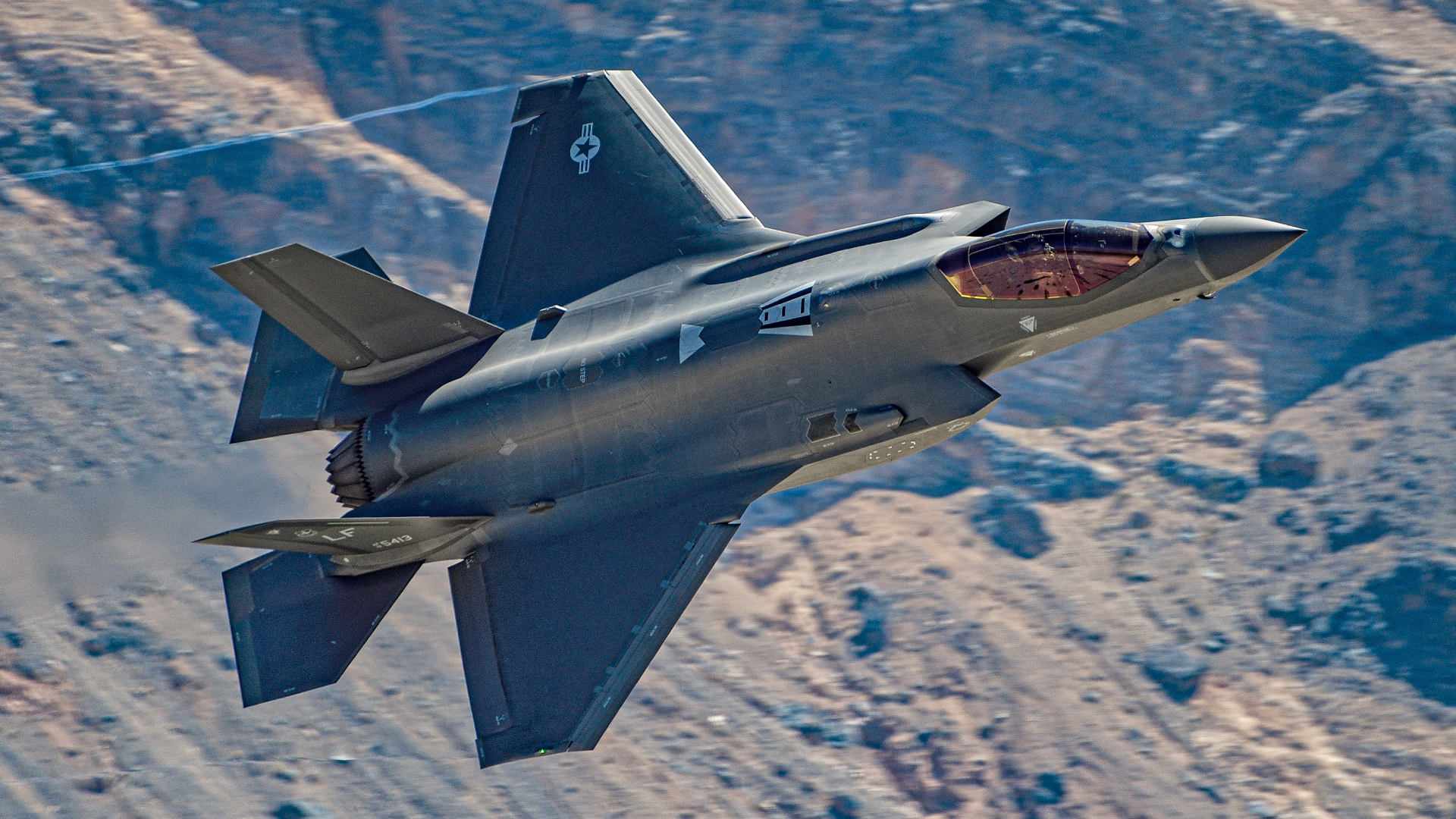
These changes have also affected the service’s plans for the F-15EX, which remain somewhat unclear, although more details have emerged in recent months.
The Air Force has confirmed that the current F-15EX fleet will comprise 104 aircraft, which includes an additional 24 aircraft having been added as part of the Fiscal Year 2024 budget proposal. There remains some speculation as to where those 104 Eagle II aircraft will eventually be based, but we do know that Kingsley Field is out of the picture, while Kadena is likely in. This will ensure the Okinawa base continues its long association with the Eagle.
The Air Force has also announced plans to station F-15EX jets with California, Louisiana, and Oregon Air National Guard units, all of which currently fly the F-15C/D.
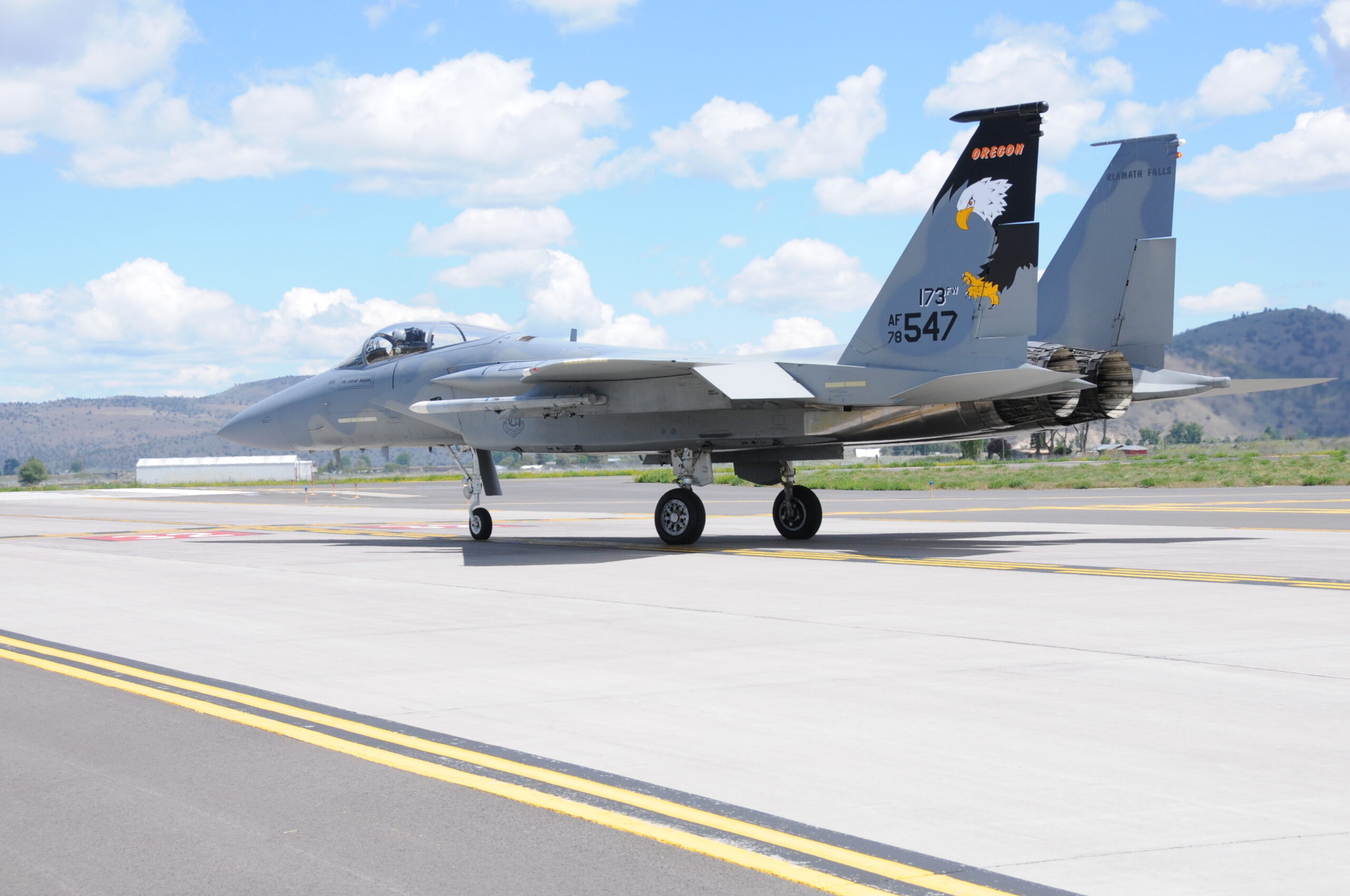
The forthcoming end of F-15C/D operations also reflects broader changes afoot in the Air Force as regards the composition of its future fighter fleets.
As well as rationalizing its legacy fighters, beginning with the F-15C/D, the Air Force is working toward introducing its sixth-generation stealth fighter plus the advanced Collaborative Combat Aircraft (CCA) drones that will work alongside it as part of the Next-Generation Air Dominance (NGAD) program. Current plans call for around 200 new NGAD combat jets and at least 1,000 CCAs.
The winding down of the F-15C/D training pipeline is a significant step in the process of divesting the original ‘not a pound for air-to-ground’ Eagle. Once the curtain finally comes down on this legendary fighter, it will have truly earned the WGASF moniker.
Contact the author: thomas@thedrive.com
